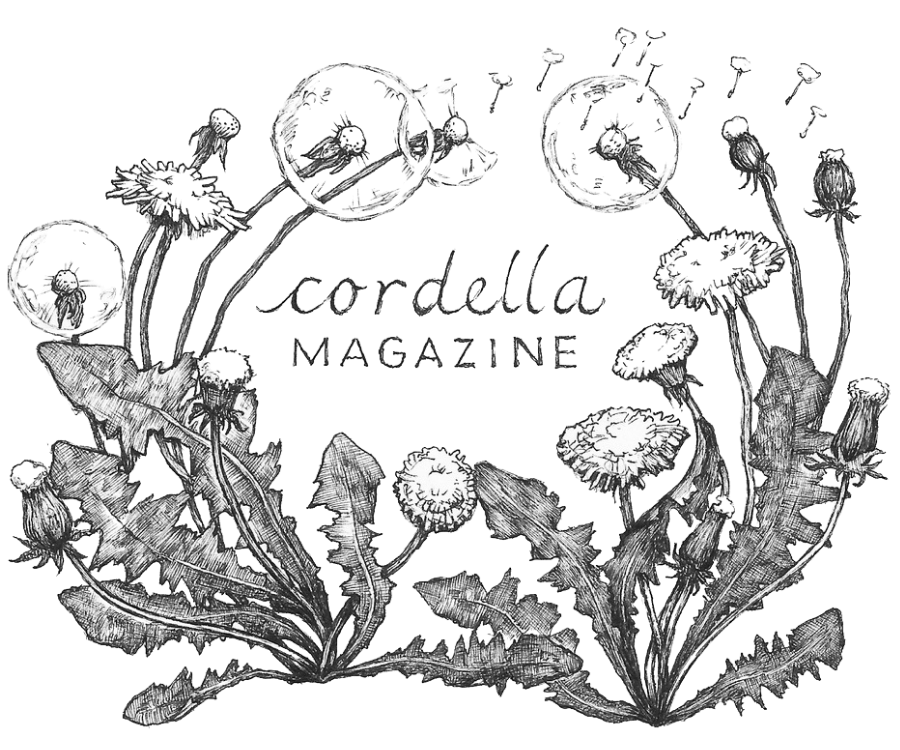Letter from the Editors
photography by Clara A. Hutzler
Dear Reader,
The very first house I came home to belonged to my great-grandmother. My parents brought me in to meet her, and then took me up the road to our little house on her property in the Sierra Nevada foothills.
She died when she was 95 and I was seven, and for a brief while we moved into her house—the big house, white adobe, built by my great-grandfather. We lived there only six months, while all her grandchildren argued about how to dissolve the property, but that moment in my life looms larger than almost any other. That house is the home of my soul, the place I lay down in dreams, the world that appears in sudden hallucinations: I smell sweet alyssum, or wood smoke on a foggy day, or dry grass and dust, and for a moment I am there, a small child on the ranch, staggered by the force of everything that has happened since.
Many years later, I worked in a museum at a small college on the Central Coast, and part of my job was to organize an exhibition of artifacts made by Chumash Indians, people who have lived on that patch of land since time out of mind—some Chumash remains on the islands just offshore have been dated as 13,000 years old. There is a large, flat rock on the college campus from which you can see those islands, and the sun setting over the ocean. Generations of students know the rock—they studied there, they kissed there, it was their meeting place. It looms large in their personal mythology. But they were not the first, of course. A magazine from the 1890s describes pictograms, fading even then, tucked beneath an overhang on one side of the boulder. There is a faded black and white photograph: no mistaking that rock.
And so, it seemed worthwhile to lend young myth-making students some perspective, and show evidence that this rock, and this land, and the story of humanity, stretches far, far beyond their years. I worked with anthropologists to bring to campus stone tools, woven baskets, small scraps of beadwork. It was a tiny exhibition, with no budget except goodwill, but as I handled those objects—maybe unremarkable, every-day things in their time—I started to see that I had never been entrusted with something so important before. I held memory in my hands. I placed it in acrylic cases, and wrote labels that tried and failed to communicate the weight of loss.
Working on the exhibition, I remembered that there were pictograms on my great-grandmother’s ranch. I thought I remembered where they were, so I looked on Google maps to find them. I traced along the familiar roads and I found—not my family’s ranch. The garden, the pool full of frogs that my father cleared out—someone had surrounded it with a swath of green lawn. It is a stranger’s house. The adobe walls and tile roof are there, but my great-grandmother’s home is gone. I felt a shiver of recognition: my family has lived on this land for a long time, for several generations beyond living memory. I imagine that the dust and sunlight of California are in my lungs, pumped through my blood to every cell in my skin and my hair. The first of my family moved to California over 150 years ago—around the same time that the Chumash families were changing, and their homes being made unfamiliar to them. My ancestors were the strangers. And now none of us can go back to the home we only remember in flashes and half-imagined sensations, a voice in another room or a warmth just out of reach. We walk around with the ghosts of our past on every side, and we grasp what memories we can, tie them to the sticking place, carry them in our bodies and in our dreams.
. . .
It is winter, and we are thinking of our hearths and families, of what has passed and what will come. The women featured in this issue raise their beautiful voices as a testament to the places we have known, the marks we leave, and the marks that are left on us. Most eloquently, they consider the shelter we become for those we love. May their words and images give you warmth for this season.
Sarah R. Squire, Essay Editor
Cate Clother, Editor-in-Chief
Clara A. Hutzler
Clara lives in southern California where she loves to spend her weekends close to Nature's heart. If she's not working in front of a computer with an over-sized mug of coffee, you can find her seeking beauty and inspiration in the outdoors, climbing a mountain, chasing sunsets, swimming in the sea, or exploring a new town. You can follow her adventures on Instagram @clarahutzler.



